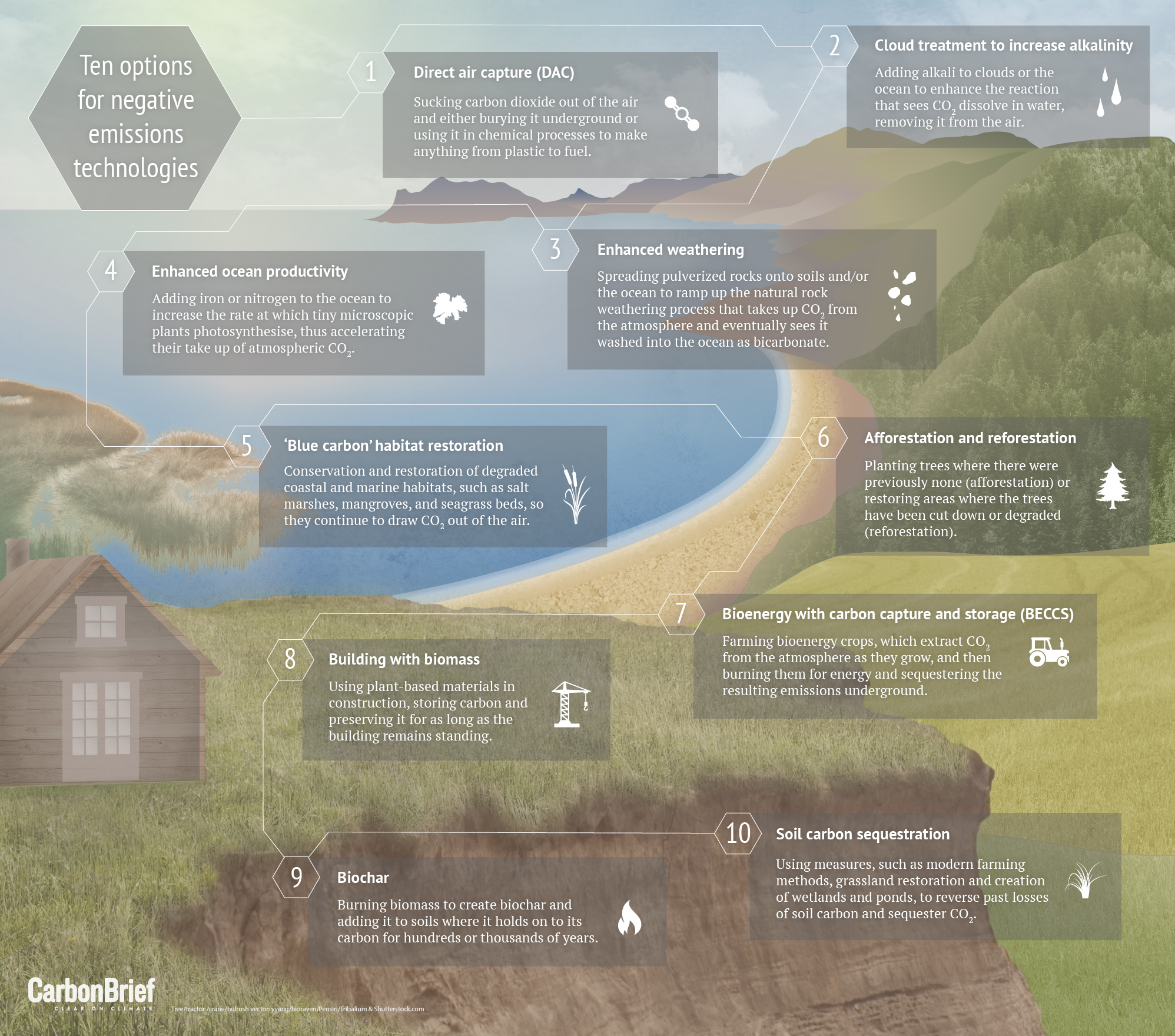To increase the draw on your chimney, consider extending its height for better draft efficiency, as additional height enhances the chimney’s performance. By elevating the chimney, you can effectively improve airflow and optimize the draft system, ensuring efficient smoke ventilation.
This simple adjustment can enhance the functionality of your chimney by facilitating the smooth release of gases and minimizing the risks associated with poor draft conditions, such as potential blockages or inadequate ventilation. Ensuring a well-functioning draft is crucial for maintaining a safe and effective chimney system.
Explore various methods to enhance your chimney draw and secure a properly functioning ventilation system in your home.

Understanding Chimney Draft
Increasing the draw on your chimney is crucial for ensuring efficient fireplace operation and reducing the risk of smoke backflow into your home. One key component of chimney performance is the chimney draft, which plays a significant role in how well your fireplace functions. Understanding chimney draft is essential for optimizing your chimney’s performance.
What is chimney draft?What Is Chimney Draft?
Chimney draft refers to the flow of air through the chimney, which is essential for proper ventilation and efficient combustion in your fireplace. It is the force that pulls smoke and gases up and out of the chimney, creating a pathway for the byproducts of combustion to exit your home safely.
Factors Affecting Chimney Draft
- The height of the chimney
- The temperature of the flue gases
- Air pressure inside and outside the chimney
- The design and condition of the chimney flue
- Potential blockages or obstructions in the chimney

Credit: www.carbonbrief.org
Methods To Increase Chimney Draft
To ensure efficient operation of your chimney and fireplace, increasing the chimney draft is essential. Here are some effective methods to enhance the draw on your chimney:
Extending Chimney Height
- Adding extra height to your chimney can significantly improve the draft by creating more of a temperature differential between indoor and outdoor air, helping to draw smoke and gases up and out.
Improving Airflow
- Ensuring proper airflow in your chimney system by keeping it clean and free of obstructions like creosote buildup or debris is crucial for optimal draft performance.
Using Draft-boosting Products
- Consider utilizing draft-boosting products such as chimney caps, chimney balloons, chimney flue blockers, or chimney fans to enhance the draft and promote better air circulation within the chimney.
Common Issues Affecting Chimney Draft
Creosote Build-up
Creosote build-up in the chimney can significantly impact the draft. If the flue is clogged with creosote, it restricts the flow of air and can hinder the efficiency of the chimney. This build-up can occur due to incomplete combustion of wood or other fuels, leading to a tar-like substance accumulating inside the flue. Regular cleaning and maintenance can help prevent creosote build-up and ensure optimal chimney draft.
Blockages In The Flue
Blockages, whether from creosote, debris, or even a bird’s nest, can impede the flow of air and reduce chimney draft. These blockages not only affect the efficiency of the chimney but also pose a potential fire hazard. It is crucial to inspect and clean the flue regularly to remove any obstructions that may hinder proper draft.
Impact Of Weather Conditions
Weather conditions, such as strong winds or extreme temperatures, can also affect chimney draft. Wind pressure can create negative pressure in the chimney, impacting the draft and causing smoke to enter the room. Additionally, temperature differentials between the inside and outside of the chimney can influence the draft. Taking into account these weather-related factors is important in optimizing chimney draft.

Credit: m.facebook.com
Practical Tips For Enhancing Chimney Draft
Looking to enhance the draft of your chimney? Consider extending the height of the chimney for better draw. Additionally, burning low moisture wood, and warming the chimney flue can also help in improving the draft and ensure proper ventilation.
Burning Low Moisture Wood
Burning low moisture wood can greatly improve the draw on your chimney. Moisture in the wood creates excess smoke, which can lead to poor draft. It’s important to use well-seasoned firewood with a moisture content of less than 20%. This ensures a cleaner burn and better airflow, resulting in a stronger chimney draw. Investing in a moisture meter can help you accurately measure the moisture content of your firewood.
Warming The Chimney Flue
Before lighting a fire, it’s beneficial to warm up the chimney flue. This can be done by quickly burning a few pieces of newspaper or by using a handheld torch to create a small flame near the base of the flue. Warming up the flue helps create an upward draft by heating the air inside, leading to a more efficient and effective chimney draw.
Creating A Hot, Fast Fire
Create a hot, fast fire to enhance the draw on your chimney. This can be achieved by using smaller pieces of firewood and stacking them loosely to allow for proper airflow. Start the fire with kindling and gradually add larger pieces of wood. Avoid overloading the fireplace or wood stove, as this can result in smoldering fires that produce more smoke and decrease the chimney’s draw. Remember to keep the fire well-maintained by regularly adding more wood as needed.
If you’re using a wood stove, make sure the damper is fully open to maximize airflow. This will ensure a hotter fire and a stronger draft.
Other tips to consider:
- Clean the chimney regularly to remove any creosote buildup or blockages that can hinder proper airflow.
- Install a chimney cap or draft-increasing chimney cap to help create a stronger upward draft.
- Check for any leaks or gaps in the chimney structure that can cause air to escape, impacting the draft.
- Consider using a chimney draft inducer or a fireplace exhaust fan to increase the draw on your chimney.
By implementing these practical tips, you can effectively enhance the draw on your chimney, ensuring better airflow, cleaner burns, and a more efficient heating experience.
Understanding The Science Behind Chimney Draft
Chimney draft plays a crucial role in ensuring efficient and effective operation of your fireplace. It is the force that pulls the smoke and toxic gases out of your chimney, creating a clear pathway for fresh air to enter and fuel the fire. Understanding the science behind chimney draft can help you identify the factors that affect its performance and take necessary steps to increase it. In this article, we will explore two key elements that impact chimney draft: hot gases and pressure difference, and the effect of fire temperature.
Hot Gases And Pressure Difference
When you light a fire in your fireplace, the combustion process generates hot gases that rise up through the chimney. These hot gases create a pressure difference between the interior and exterior of the chimney. The warm air inside the chimney is lighter and less dense compared to the colder air outside. As a result, the pressure difference causes the hot gases to rise, creating a draft that pulls fresh air into the fireplace to sustain the fire.
The height and diameter of the chimney also play a role in creating the pressure difference. A tall chimney increases the vertical distance between the interior and exterior air, enhancing the draft. Similarly, a wider chimney allows for better air circulation and can improve the draft. Proper ventilation, such as open windows or doors, can also help create a pressure difference and enhance the chimney draft.
Effect Of Fire Temperature On Chimney Performance
The temperature of the fire in your fireplace can significantly impact chimney performance and draft. A hotter fire produces more intense heat, which leads to a stronger pressure difference and faster airflow. The increased heat also helps in the efficient combustion of fuel, reducing the amount of smoke generated. This results in a clearer pathway for the gases to exit the chimney, improving the draft.
Ensuring that the fire is consistently hot throughout the burn cycle is essential for maintaining a strong draft. To achieve this, start with properly seasoned firewood, as it contains less moisture, which can dampen the fire and reduce its temperature. Additionally, regularly cleaning the fireplace and removing any buildup of creosote or debris can also contribute to a better draft.
By understanding the science behind chimney draft and considering the factors that affect its performance, you can take proactive steps to increase the draw on your chimney. Whether it’s extending its height, improving fire temperature, or ensuring proper ventilation, these measures can enhance the efficiency and effectiveness of your fireplace.

Credit: en.wikipedia.org
Frequently Asked Questions On How Do I Increase The Draw On My Chimney
How Do I Improve The Draw On My Chimney?
To improve the draw on your chimney, extend its height for better draft efficiency. Blockages can hinder airflow, causing poor draw. Regular maintenance is essential to prevent issues.
Why Does My Chimney Not Draw Correctly?
To improve chimney draft, ensure proper height extension for better heat output up the flue, enhancing overall draft efficiency.
How Do I Increase The Flow Of My Chimney?
To increase the flow of your chimney, consider extending its height to improve draft and venting. Additionally, burn low moisture wood, warm the chimney flue, and ensure adequate airflow around the fire. Regularly maintain the chimney to prevent blockages and optimize its performance.
What Creates Draw In A Chimney?
A strong fire creates a pressure difference between the flue and the room, creating a “draught” that draws air into the fireplace and improves chimney efficiency. Increasing the height of the chimney or using accessories like andirons and fire grates can further enhance the draw.
How Can I Increase The Draw On My Chimney Effectively?
To increase the draft on your chimney, extending its height is the most effective way. This allows for better heat dissipation and improves the draft permanently. Avoid wasting heat by dumping excessive heat up the flue.
Conclusion
Improving the draw on your chimney is essential to ensure proper ventilation and safety. A variety of methods, from extending the chimney’s height to ensuring proper airflow, can help enhance the draft. By addressing any blockages and understanding the principles of airflow, you can create a more efficient and effective chimney system.